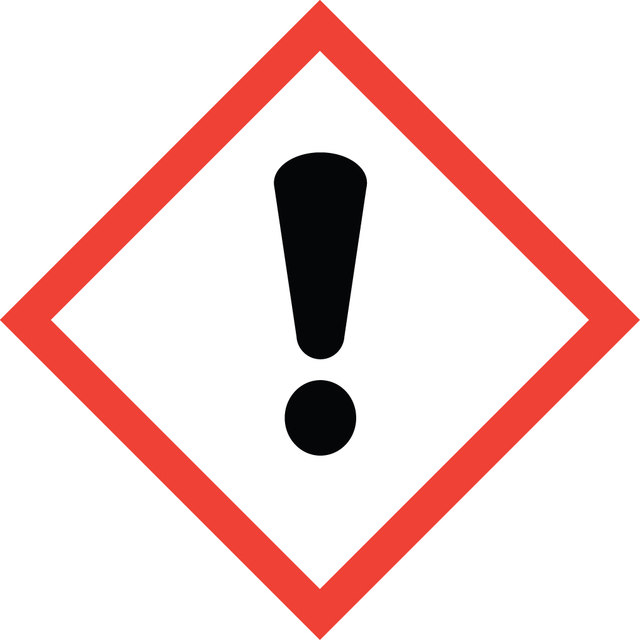Select a Size
About This Item
Product Name
NAD/NADH Quantitation Kit, sufficient for 100 colorimetric tests
usage
sufficient for 100 colorimetric tests
detection method
colorimetric
relevant disease(s)
cancer
storage temp.
−20°C
Application
Biochem/physiol Actions
General description
signalword
Warning
hcodes
Hazard Classifications
Eye Irrit. 2 - Skin Irrit. 2
Storage Class
10 - Combustible liquids
Regulatory Information
Choose from one of the most recent versions:
Already Own This Product?
Find documentation for the products that you have recently purchased in the Document Library.
Articles
Sigma article discusses tumor cell metabolic pathways, focusing on aerobic glycolysis and mitochondrial activity.
Warburg effect enhances glucose to lactate conversion in tumor cells, regardless of oxygen levels; impacting cancer metabolism since 1924.
本页面介绍了一篇有关瓦博格效应的文章,以及其如何能够在正常氧气水平下,增强肿瘤细胞中葡萄糖向乳酸的转化。Otto Heinrich Warburg在1924年证明,癌细胞显示出对糖酵解的依赖性增加,以满足他们的能量需求,无论是否有充足的氧气存在。
本文介绍了增殖活性细胞为何需要碳源和氮源合成大分子。尽管大部分肿瘤细胞利用有氧糖酵解途径并分流线粒体氧化磷酸化代谢物,但许多肿瘤细胞表现出线粒体活性增加。
Related Content
Instructions
Our team of scientists has experience in all areas of research including Life Science, Material Science, Chemical Synthesis, Chromatography, Analytical and many others.
Contact Technical Service